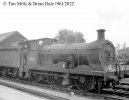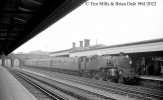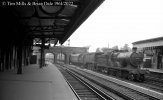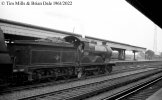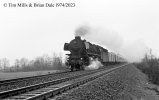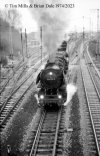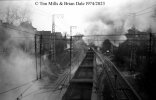Mick,
I think the spiral welds are actually the way the pipe is formed from sheet metal.
These (on these particular cranes) are not welded spiral plates (that's not to say some are not manufactured that way in lighter gauges) forming that sort of twist in plate steel this thick over that length is quite a demand and it has to be welded inside and out. Plus welding over that length is going to add more stress points and areas of failure. The strength of a tube is it's uniformity, any deflections become focal points for potential failures.
The ones I saw being fabricated in China were straight steel tubes which were being rotated on a massive set of rollers; a trolley with a welding set on was inched along a track as the tube was rolled thus welding the spiral on.
Having said that (and looking at the original RAW files), these don't look like external spiral welds, they look more like pressings so I expect the tube has been passed/twisted through a set of rollers with a groove in that imparts the vortex shedding ribs.
I have seen spiral plates formed into tubes, usually in thin gauge AC ducting, but the edges are not welded, they're rolled over/crimped to bite and grip each other.
There does come a point where the length of an individual straight tube becomes impractical, at one site they were welding off shore structures, the tubes were laid on their side on rollers, it took several days to weld them, an automated welder inside on rollers and one on the outside, actually two in and out, each 180° opposed. I can't remember the total number of welds but it was in the 20 or so range to build up and seal the two tubes. Once the machine started it didn't stop until it was fully welded; this 'smaller' one (below) welded two sections at the same time but only used one welder in that little house on top of the stilts, I think it had a corresponding one inside on rollers at the base.
The bigger one with four welders was inside the shed on the right.
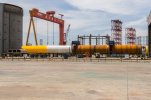
Even more impressive are the welding machines used to weld the actual legs together. They tack weld a track to the inside and outside and set the robots off going round in circles to weld the two sections together. They'd just finished one leg and were prepping the parts to do the next leg here when we visited (our cranes were just off to the left being erected)
The jib cranes can only clear three sections, the bottom one is on a crawler, which when the three sections are finished crawls out onto a barge in the river. The barge has preposition stools which the leg is temporarily fixed to, the crawler lowers down and drives back onto the quay. Then they weld the next (last) two sections, flood the barge so it goes below water level and the first section is under water, stack the next section on top and weld it up.
The submersible barge then ballasts up and floats to the big portal crane in the background, that'll take the leg off the barge and into the dry dock for fitting onto the deep see rig pontoon or base structure.
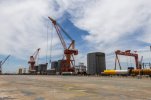
Time to let Brian have his thread back

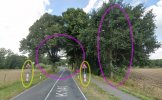
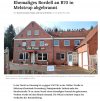

 , knew you'd unearth something, didn't quite expect that though
, knew you'd unearth something, didn't quite expect that though 
 The reason they're bent is the wind, most of this area is pretty flat and 80% of high/er winds come from the SE in Europe. Many trees in flat areas in Holland, Germany, Denmark and the UK all lean toward the NE. If you check the aerial view and the tree lean then these do not deify that general rule.
The reason they're bent is the wind, most of this area is pretty flat and 80% of high/er winds come from the SE in Europe. Many trees in flat areas in Holland, Germany, Denmark and the UK all lean toward the NE. If you check the aerial view and the tree lean then these do not deify that general rule.
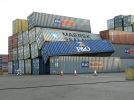
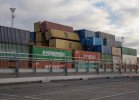
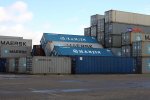
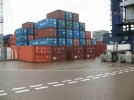
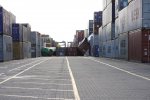
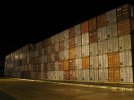

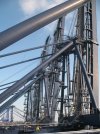
 on nights when chatting to the yeast factory engineers in the canteen.
on nights when chatting to the yeast factory engineers in the canteen. . The front end would get pretty light though. In the earlier days the rear spoilers would improve straight line stability and as they got more powerful, eg 2.7 RS, provided an element of downforce to provide more rear end grip in the corners.
. The front end would get pretty light though. In the earlier days the rear spoilers would improve straight line stability and as they got more powerful, eg 2.7 RS, provided an element of downforce to provide more rear end grip in the corners.


